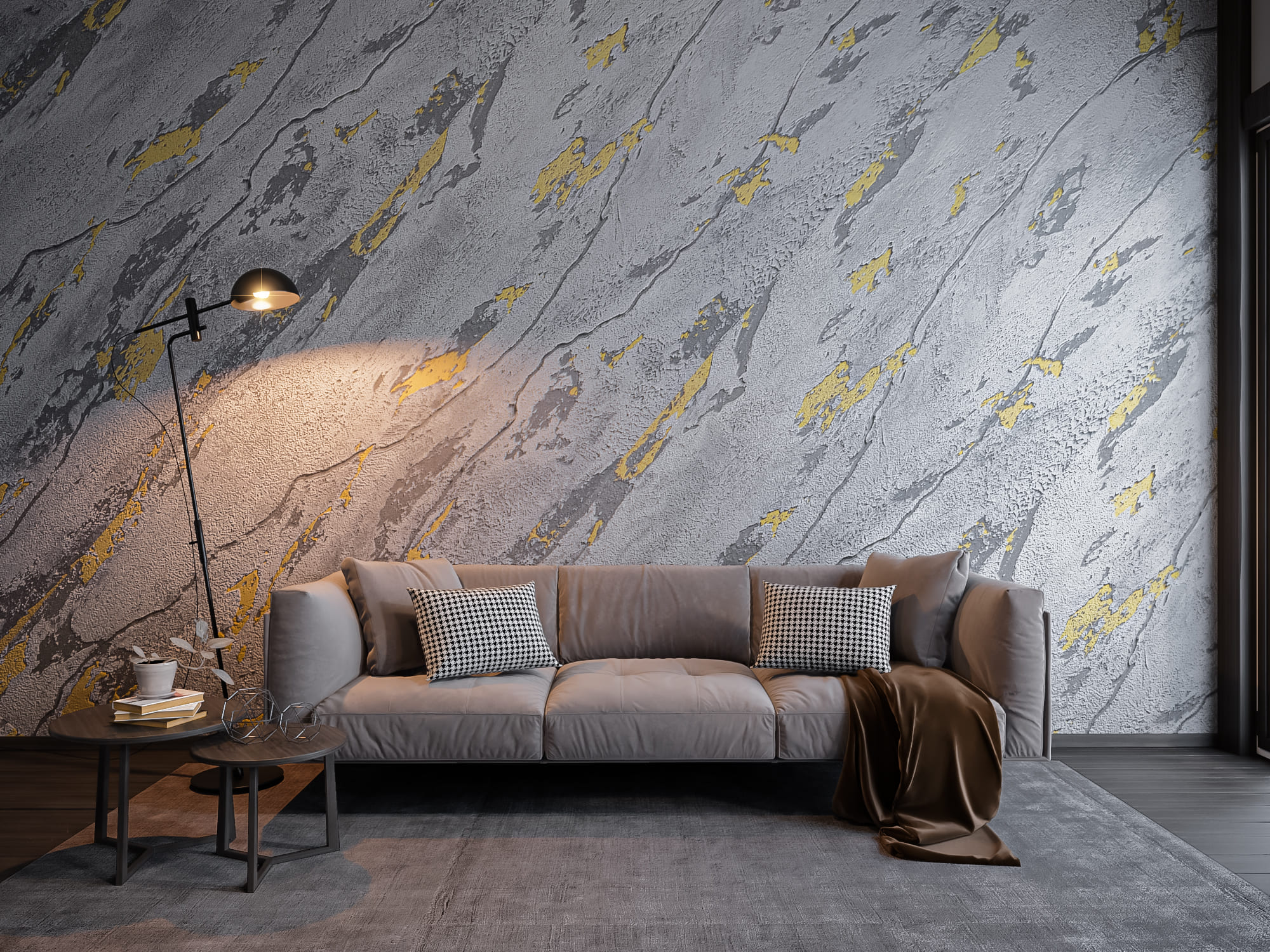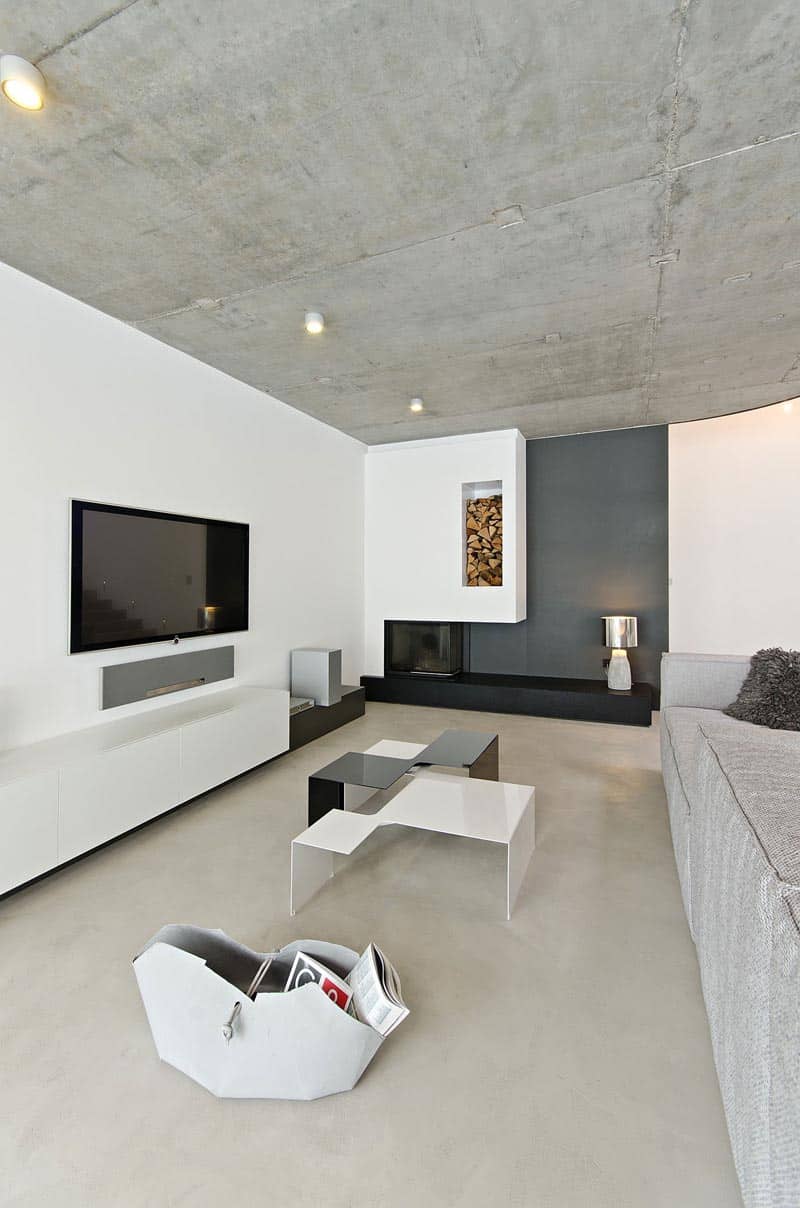DIY living room concrete wall texture application
DIY Living Room Concrete Wall Texture Application
If you're looking for a unique and stylish way to update your living room, consider adding a concrete wall texture. Concrete is a versatile material that can be used to create a variety of looks, from modern and industrial to rustic and cozy. And because it's so durable, concrete walls can withstand everyday wear and tear.
If you're feeling ambitious, you can tackle this project yourself. But be warned: it's not a quick or easy process. However, if you're patient and willing to put in the work, you can create a stunning concrete wall that will be the envy of your friends and family.
Step 1: Prepare your wall

The first step is to prepare your wall for the concrete. This means removing any existing wallpaper, paint, or other materials. You'll also need to make sure the wall is smooth and free of cracks or holes.
If your wall is made of drywall, you'll need to apply a coat of drywall primer. This will help the concrete adhere to the wall.
Step 2: Apply the concrete

Once your wall is prepared, you can start applying the concrete. There are a few different ways to do this, but the most common method is to use a trowel.
Start by mixing the concrete according to the manufacturer's instructions. Then, scoop a small amount of concrete onto the trowel and apply it to the wall in a thin layer. Use a smooth, sweeping motion to spread the concrete evenly.
Continue applying the concrete in thin layers until you reach the desired thickness. Be careful not to overwork the concrete, as this can create air bubbles.

Step 3: Texture the concrete
Once the concrete has dried for a few hours, you can start to texture it. There are a variety of ways to do this, but the most common method is to use a broom or a piece of wood.
Simply drag the broom or wood across the concrete in a random pattern. This will create a textured effect that will add interest to your wall.
Step 4: Seal the concrete
Once the concrete is textured, you'll need to seal it to protect it from moisture and wear. There are a variety of sealants available, so choose one that is specifically designed for concrete.
Apply the sealant according to the manufacturer's instructions. Be sure to allow the sealant to dry completely before moving on to the next step.
Step 5: Finish the wall
Once the sealant is dry, you can finish the wall by painting it or adding a decorative finish. If you're painting the wall, be sure to use a paint that is specifically designed for concrete.
You can also add a decorative finish to the wall by using a variety of materials, such as tiles, glass, or metal.
Tips for Applying Concrete Wall Texture
Here are a few tips to help you get the best results when applying concrete wall texture:
- Use a high-quality concrete mix. A good quality concrete mix will be easier to work with and will produce a better result.
- Work in small sections. It's easier to control the thickness and texture of the concrete if you work in small sections.
- Don't overwork the concrete. Overworking the concrete can create air bubbles, which will ruin the finish.
- Seal the concrete after it's dry. This will protect the concrete from moisture and wear.
Troubleshooting
If you run into any problems when applying concrete wall texture, don't despair. Here are a few troubleshooting tips:
- Air bubbles: If you see air bubbles in the concrete, you can pop them with a needle or toothpick.
- Cracking: If the concrete cracks, you can fill the cracks with a sealant.
- Bleeding: If the concrete bleeds through the sealant, you can apply a second coat of sealant.
With a little patience and effort, you can create a stunning concrete wall that will add personality to your living room.
Materials and Tools
- Concrete mix
- Trowel
- Broom or piece of wood
- Sealant
- Paint (optional)
- Decorative finish (optional)
- Safety glasses
- Gloves
- Dust mask
- Level
- Tape measure
- Pencil
Steps
- Prepare your wall by removing any existing wallpaper, paint, or other materials. Make sure the wall is smooth and free of cracks or holes.
- Apply a coat of drywall primer to the wall. This will help the concrete adhere to the wall.
- Mix the concrete according to the manufacturer's instructions.
- Apply the concrete to the wall in a thin
